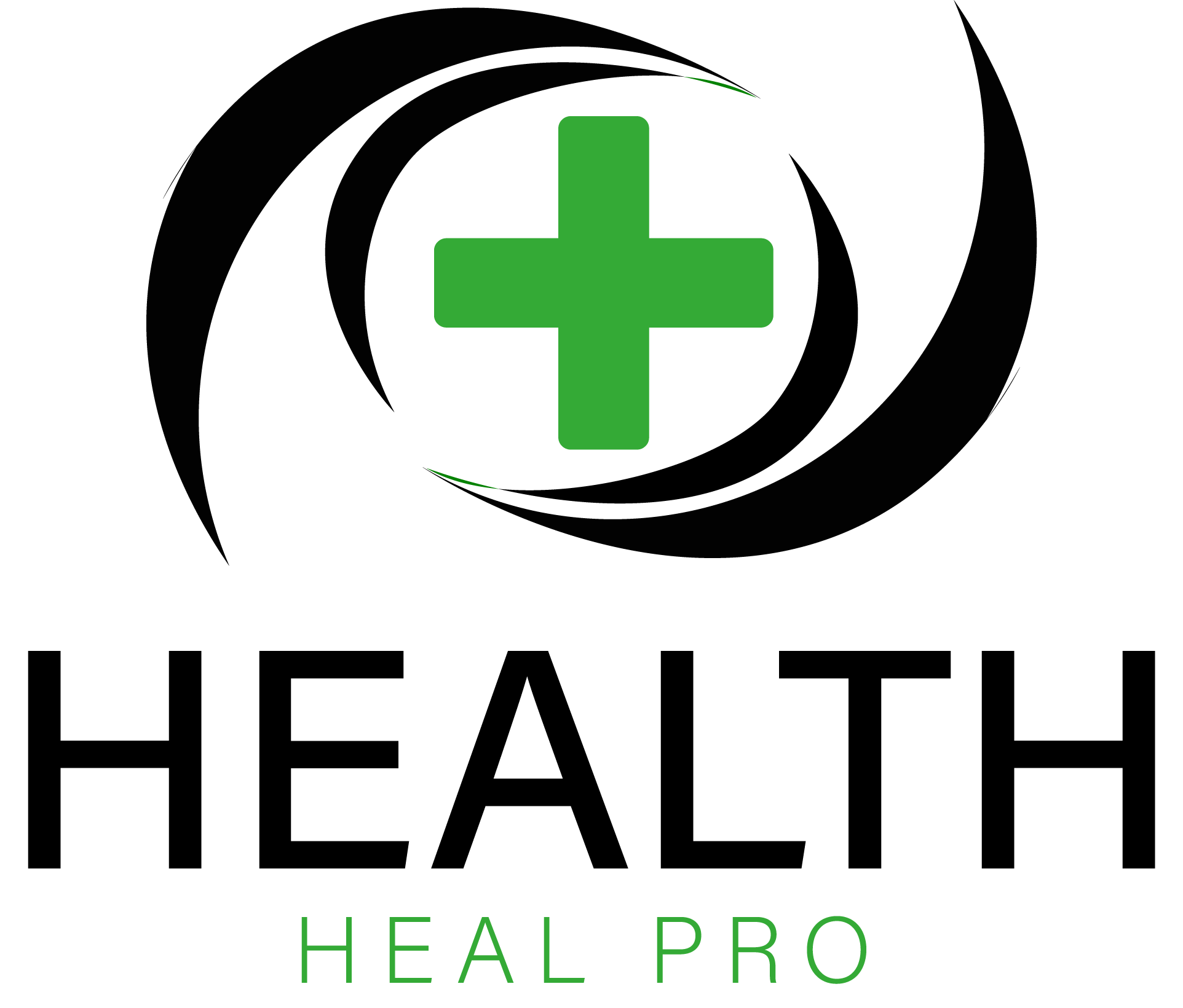Eye injuries are common in the workplace and at home as 2000 people a day receive treatment for eye injuries. So we decided to publish the 10 most common eye injuries to raise awareness on when to use eye protection glasses and goggles. The right eye protection could have lessened the severity or even prevented 90% of these eye injuries.
#1 High Speed Grinders and Polishers
If you work in a metal fabrication shop, the odds are you have used high velocity grinders, sanders, saws, drills, and polishers. These machines make your job much easier than doing it manually, but introduces some risk. Metal shards and specs get shot out from these tools at alarming speeds and can embed in your eye. The metal will either dissolve in your eye over time, but could produce a rust ring in your eyes from the iron, which is why you should always see a doctor if you get metal in your eye. Most times, the metal particle has to be removed by a doctor using tweezers or a dremmel tool. Not fun as I have experienced this firsthand.
#2 Woodworking
Similar to metal shops, wood workers use high RPM machines to shape and sand their wood which can throw splinters and saw dust into your eye. Although usually not as bad as metal specs, wood in your eye can be a real pain.
#3 Logging
Similar to woodworking, chainsaws throw wood chips and sawdust all over the place. Your eyes will get very irritated if you get these wood particles in them.
#4 Shooting
Most shooters wear safety glasses to protect against projectiles coming back toward them or ricochets. Safety goggles also prevent shooters from getting gunpowder and shrapnel in their eye that may get ejected backwards from revolvers and other guns. Unless you have to use your weapon in an emergency for self defense, you should always wear glasses when shooting.
#5 Chemicals
Workers in chemical plants, laboratories and manufacturing facilities should always wear safety eyewear when near dangerous chemicals that can burn or scald the eye. Even vapors from some chemicals will burn your eyes. Laboratory workers, technicians and students should always wear safety goggles when performing experiments. Explosions are possible too which could eject glass from test tubes into your eyes.
#6 Sports
Everyone has seen basketball players wearing goggles, football players wearing face shields and paintball players wearing full headgear. In almost any sport or game, your eyes could get scratched or hit.
#7 ATV and Off Road Vehicles
Many riders wear eye protective gear while riding their motorcycles and atvs to keep dust and dirt out of their eyes. But good safety goggles also prevent branches from poking you in the eye, rocks from tagging you in the eye and hopefully keep your eyes safe if you wreck.
#8 Ultraviolet Exposure
If you are working outside all the time, you should wear sunglasses. Lifeguards, construction workers, radio tower workers, and lawn care professionals should wear good sunglasses to prevent eye damage.
#9 Welding
Welding is a very dangerous activitiy and full faceshields should be worn. In particular, they should not only protect your eyes against burns, but should protect against the brightness, too, which can blind you.
#10 Burns
If your job entails working near and around fires, protect eye gear can save you from going blind in the event the wind changes or something explodes.
90% of eye injuries can be prevented. Don’t end up eating a 500 dollar ER bill when you could spend a fraction of that on eye protective glasses and goggles.

